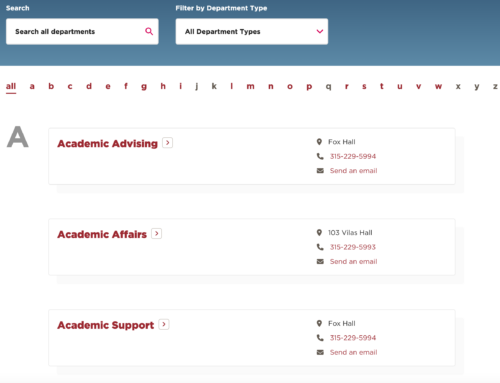The need to recognize and support students of concern didn’t simply stop when Coronavirus affected our schools. In fact, for many, the number of student’s needing support increased while options for supporting them, decreased. Now that almost all of our country's institutions and districts have gone to some form of virtual instruction and remote ways of supporting students, Case Managers, School Psychologists, and Behavioral Intervention Team (BIT) leaders have taken on a new task—identifying creative ways to check in on the students they serve.
Here are a few ways Helping Providers can bridge the virtual gap:
- Let's talk. Purchase a deck of conversation cards such as Table Topics, Brew-aha: Conversation Card Game or download cards for free from The Family Dinner Project and pose a question to students through email or on social media.
- “Can-do” attitude. Create a list of things students can do during COVID-19 to care for their mental health. Suggestions could include:
- Go for a walk or bike ride,
- Host “social happy hours” with friends one night a week via Zoom,
- Write and send hand written letters,
- Download printable coloring sheets,
- Color, create, make something,
- Learn a new skill on YouTube,
- Keep a Coronavirus journal or create a time capsule,
- Try communicating with friends only through pictures sent through text message,
- Use this as an opportunity to de-clutter your life (clean out drawers, closets, email),
- Think like an entrepreneur- how can you make money from home, creatively?
- Just one. Send or post 1 meaningful quote, meme, short video, or positive message of the day. Ask students to send or post 1 quote, meme, short video, or message that describes their day.
- Vote for me! Ask students to tell you what they are doing for self-care, then post their responses (with their permission) alongside responses from faculty/staff. Create a poll that allows people to vote on their favorite self-care submissions.
- Ask for help. Offer to host virtual meetings with students for whom you have the most concern. If you or your team are feeling overwhelmed, consider asking advisors, counselors, residential life staff, teachers, or other support personnel to assist with check ins too.
- Let them hear your voice. Purchase Call-Em-All credits, upload all of your student’s phone numbers, and send them a thirty second uplifting group message or “reminder to breathe” during the week.
- Not so far away. Create an uplifting, virtual email away message so students are comforted no matter what time of day they reach out.
As always, in this line of work, remember to take care of yourself. One of the best gifts you can give a student during a time of stress and anxiety is an example of what self-care and self-compassion look like.
#letsdothistogether
Post your own suggestions for BIT leaders, Case Managers, School Psychologists and other Helping Professionals below!





Leave A Comment